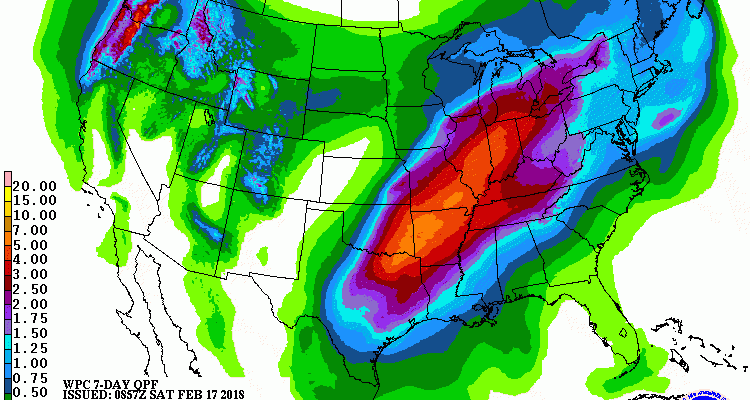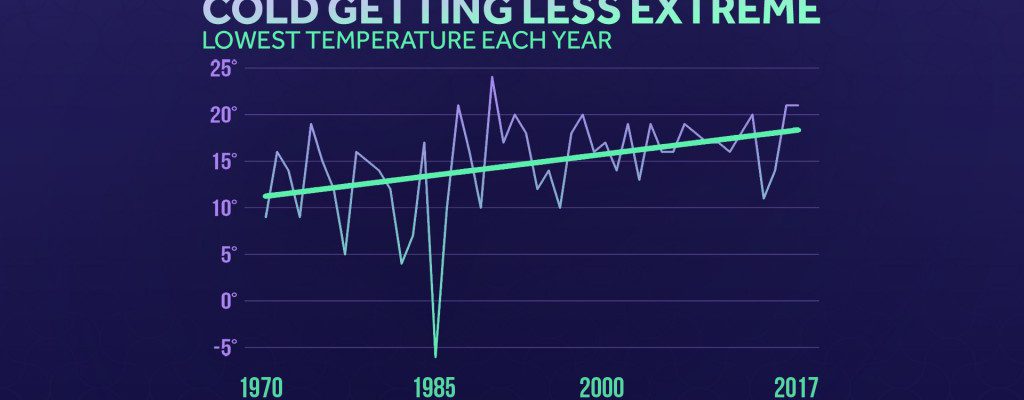-

Climate scientists have known for over a century that carbon dioxide gas absorbs energy better than oxygen, nitrogen or most other atmospheric gases. The first discussion of this property and the likelihood that increases in CO2 would increase global temperature have been attributed to Irish physicist John Tyndall in 1859. But an article I recently…
-

Vegetable Growers News posted a story highlighting the development of blight caused by Phytophthora infestans, which affects tomatoes and potatoes and which thrives under cool and wet conditions. According to the story, “Temperatures between 50 and 80 F combined with moist conditions such as rain, fog, heavy dews, or relative humidity above 90 percent are conducive for…
-

The Panhandle e-News blog from northern Florida posted a useful article this week on management of cool-season forages. This is particularly challenging this year following a late start last fall and the cold weather conditions this winter. It includes an interesting photo comparison of crop conditions for ryegrass planted at three different times during the…
-

The latest 7 day QPF map shows that most of the Southeast should get less than half an inch of rain in the next week. Most of the rain in the eastern US will be centered to our northwest in the Ohio River Valley, which is very typical with a La Niña going on. Temperatures…
Posted in: Climate outlooks -

Here’s some interesting information about a source of weather forecast data that might be useful for farmers across the Southeast, from Mark Hoffmann at our sister UGA Extension blog on viticulture. Note that the six-day forecast for humidity, wind, dew/frost and other variables will be good for planning field work for many crops, not just…
-

In spite of cold conditions this winter, the trend to warmer minimum temperatures since 1970 has been for higher annual extreme minimum temperatures across the Southeast (and the US). Climate Central has published a set of graphs showing how the lowest temperature each station reported each year starting in 1970 has trended upward over time.…
-

Atlas Obscura has an interesting story about how white-letter hairstreak eggs have been found in Scotland for the first time since 1884. They used to be fairly common but the population declined for a number of reasons. One of them was Dutch Elm disease, since elm trees were favored plants for the caterpillars to feed…
Posted in: Climate and Ag in the news